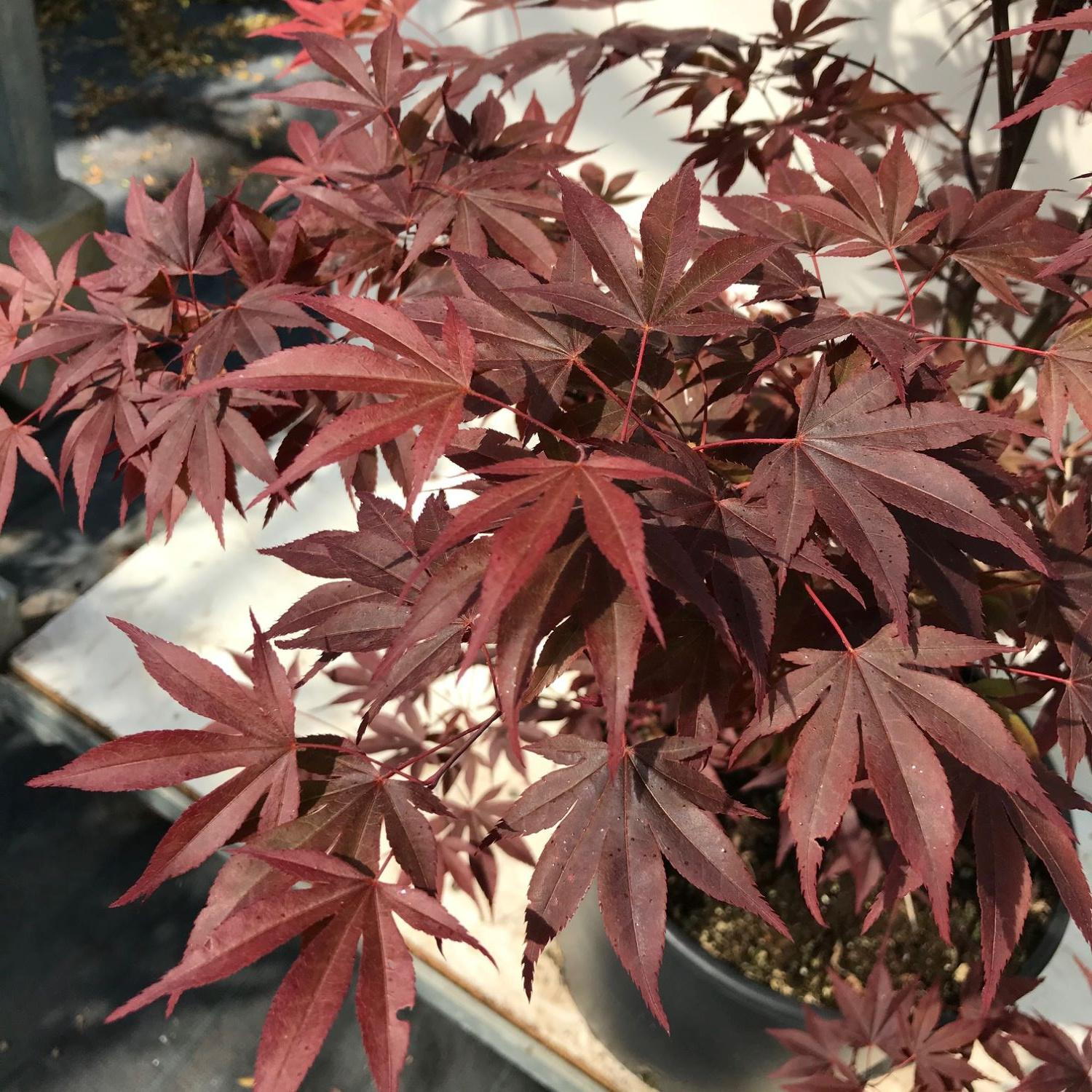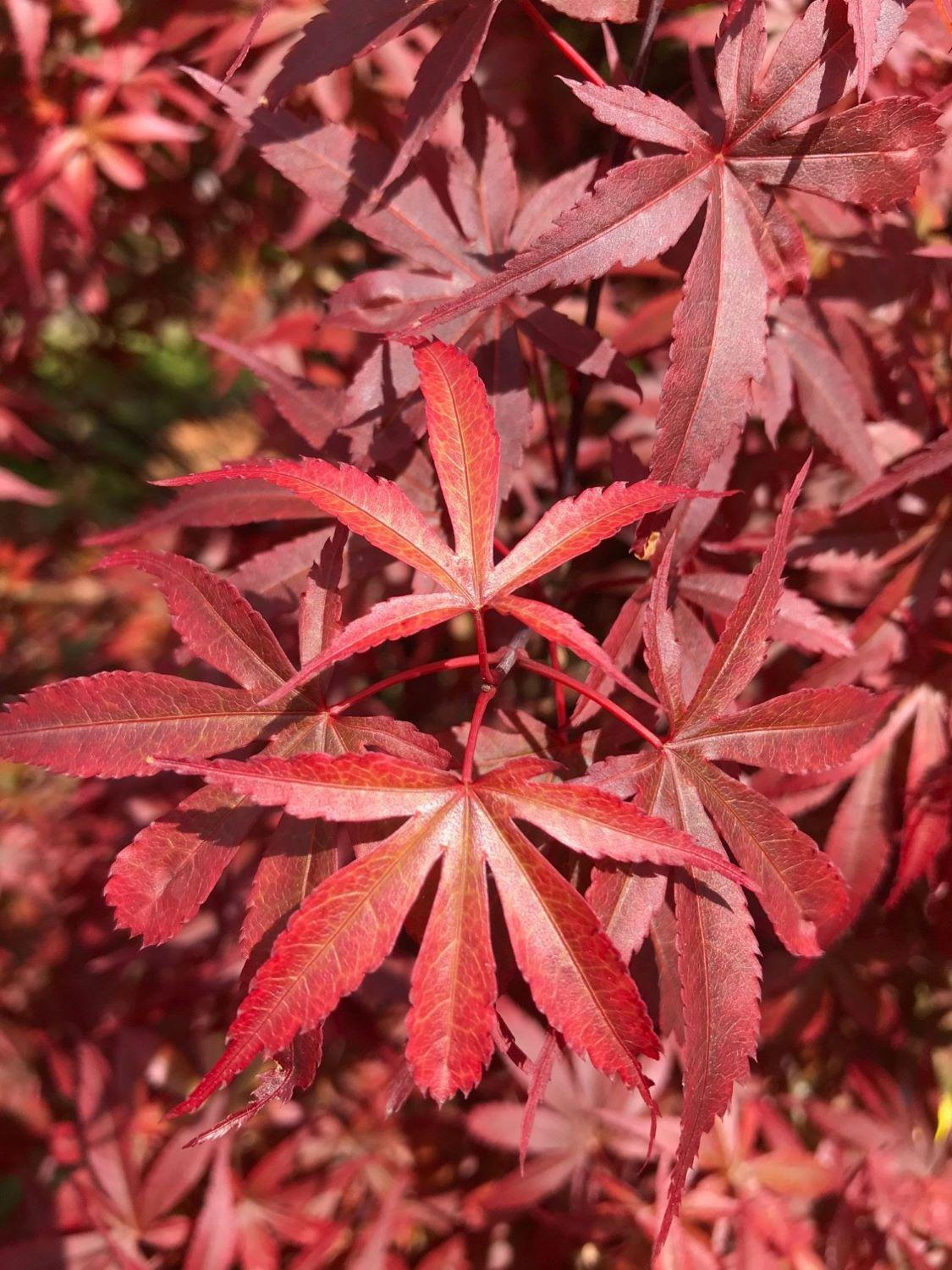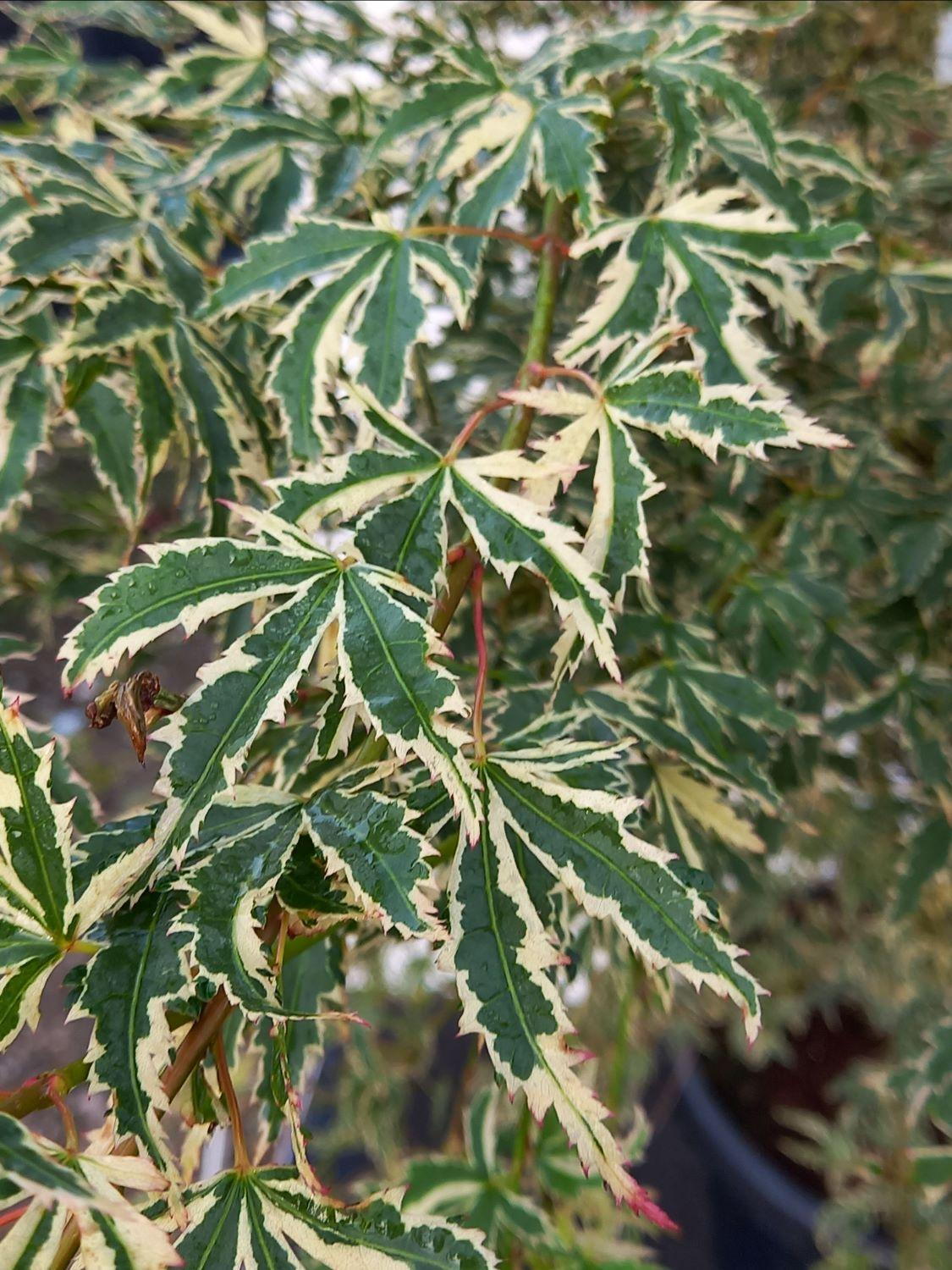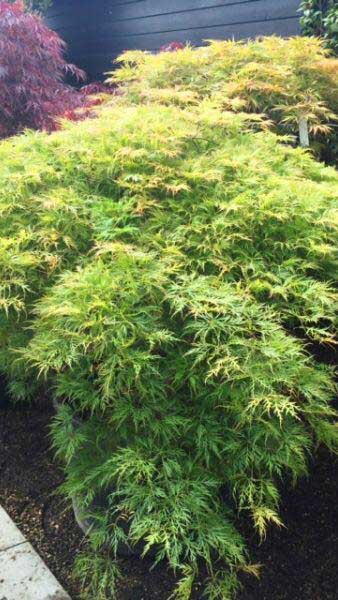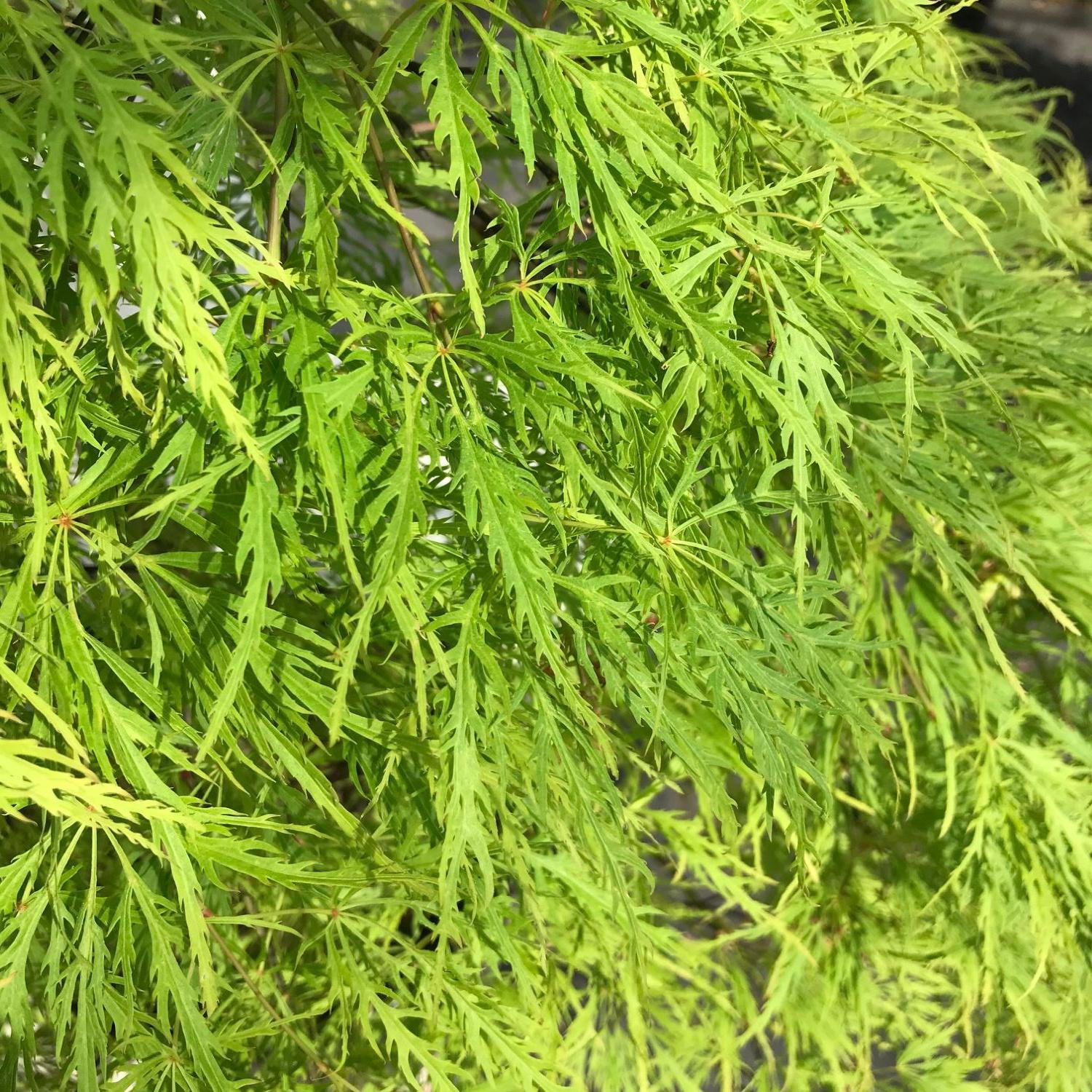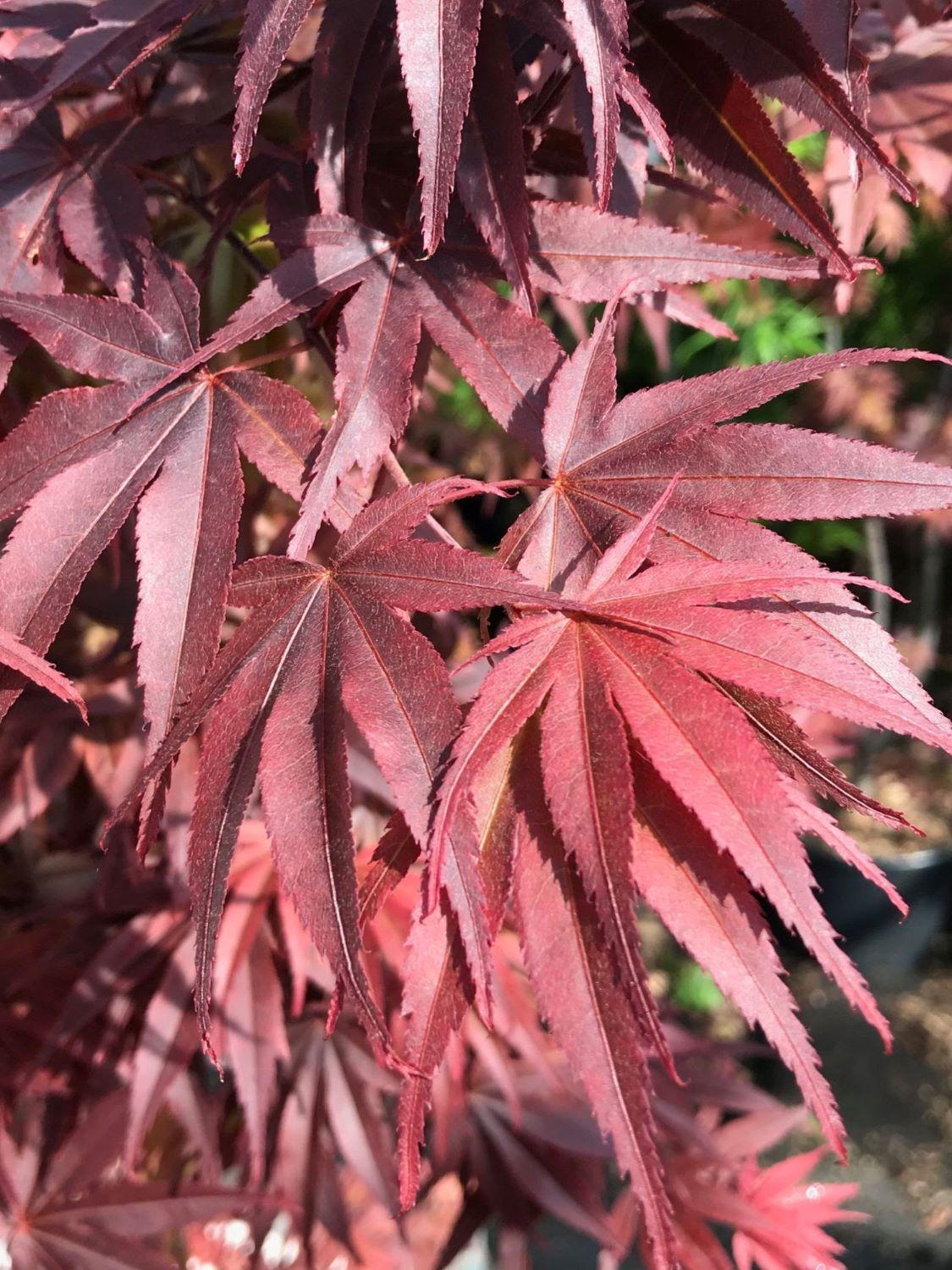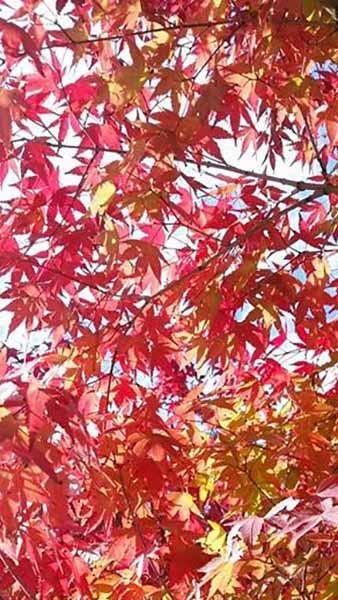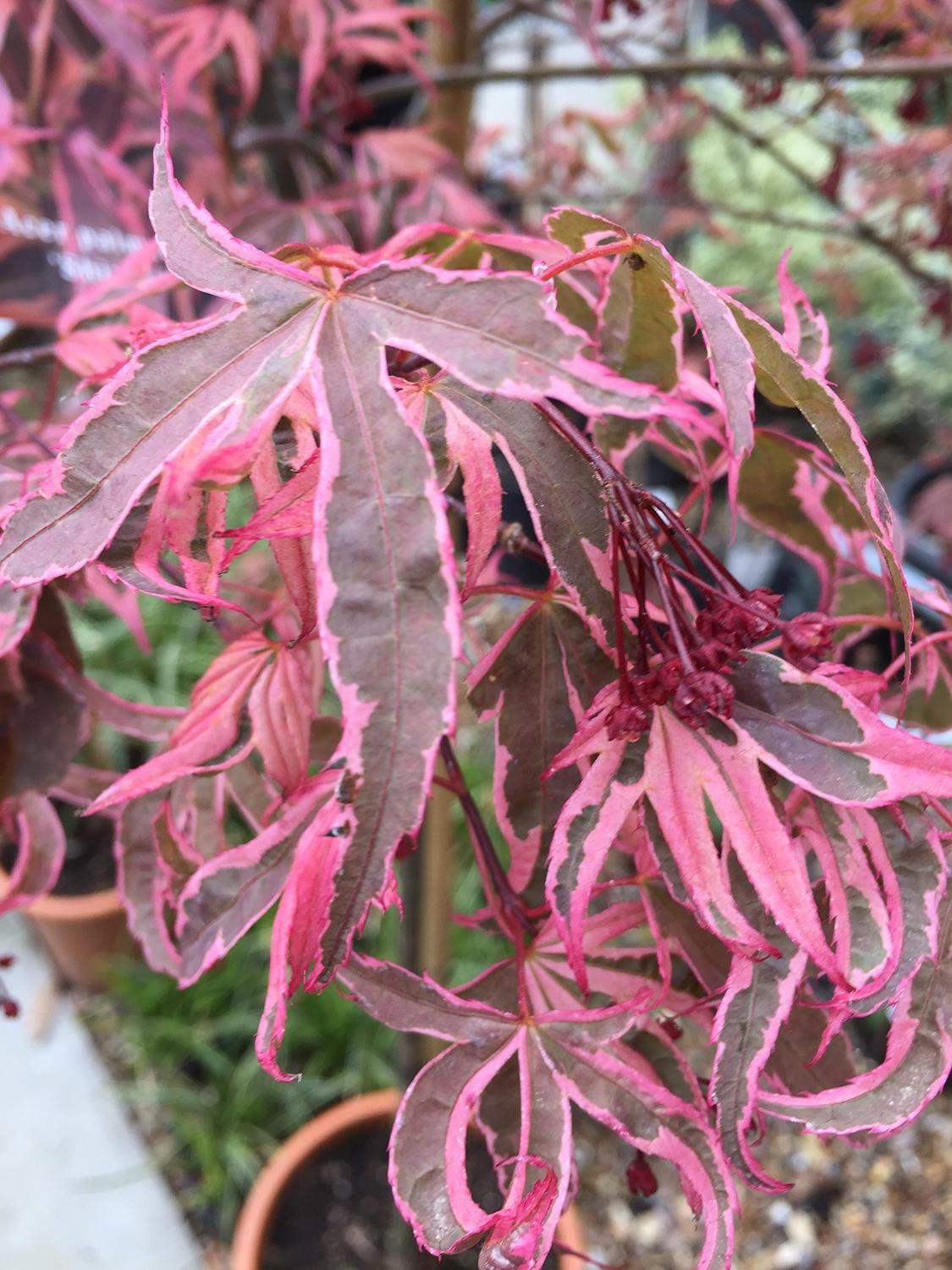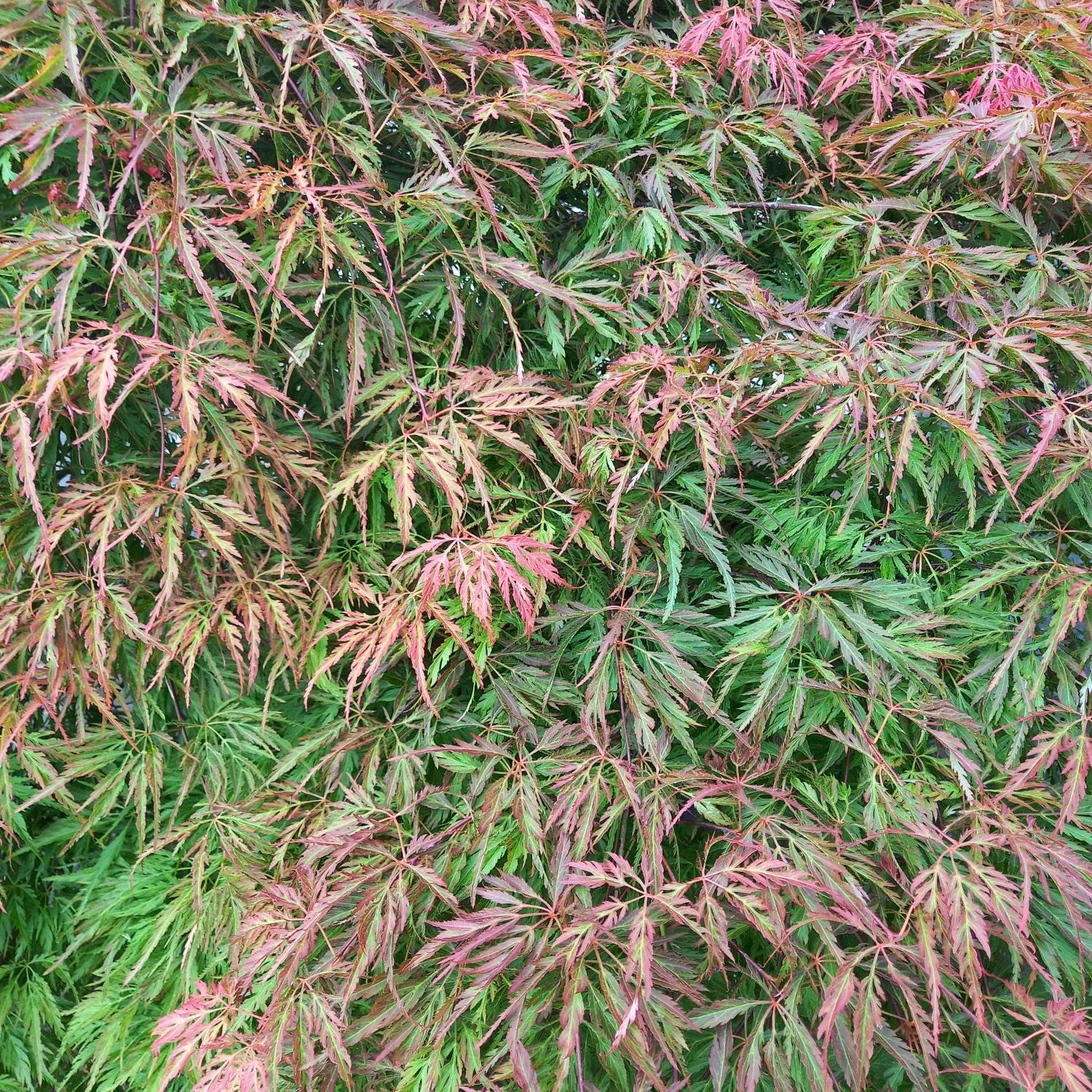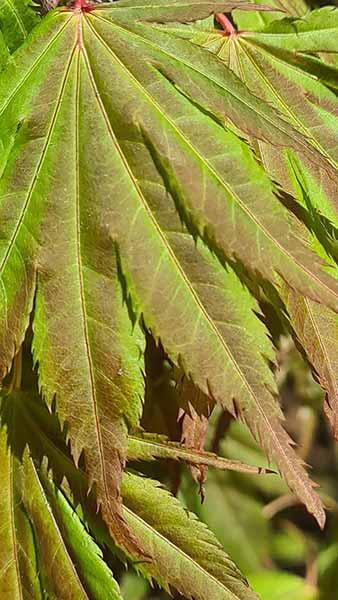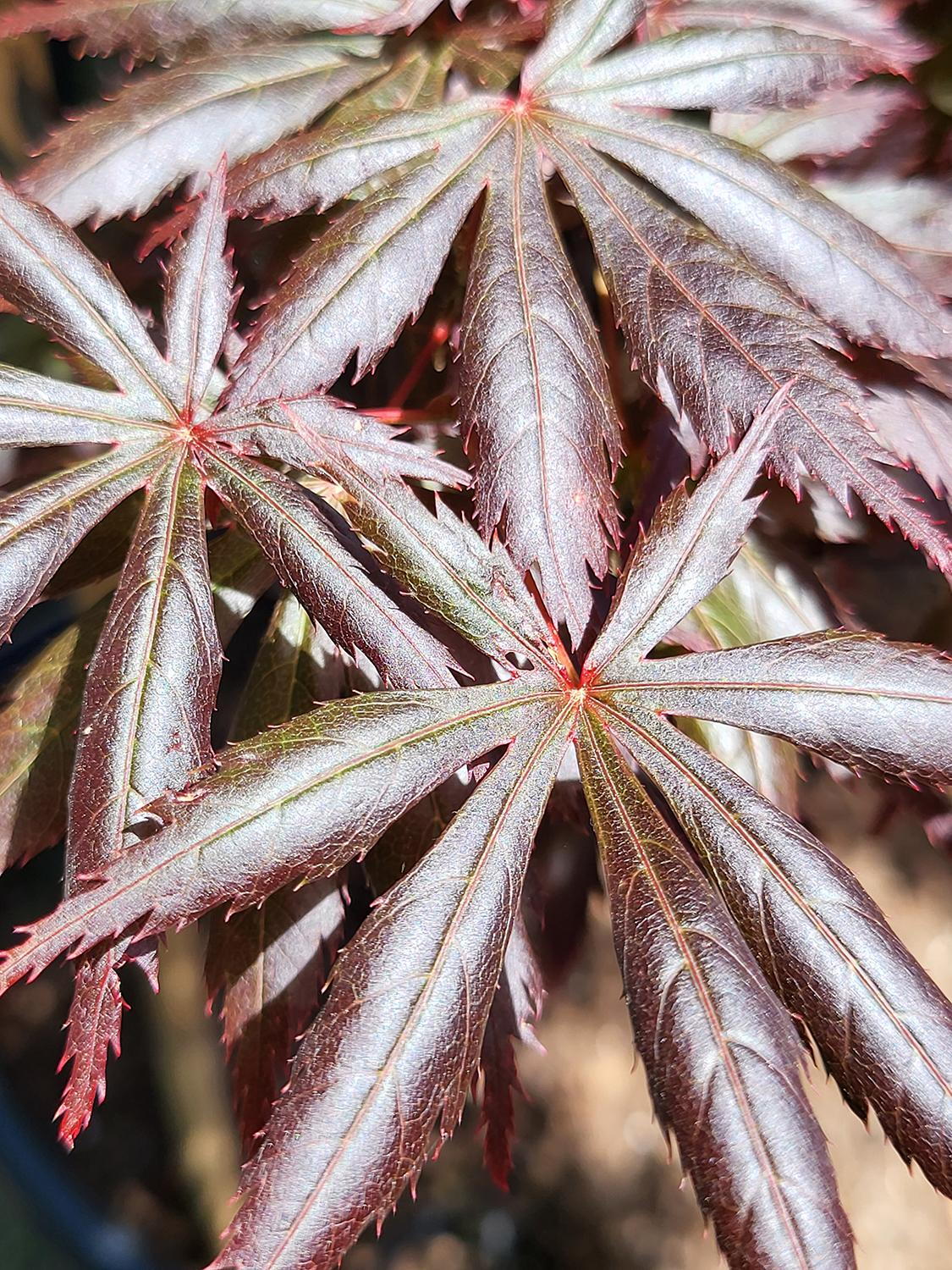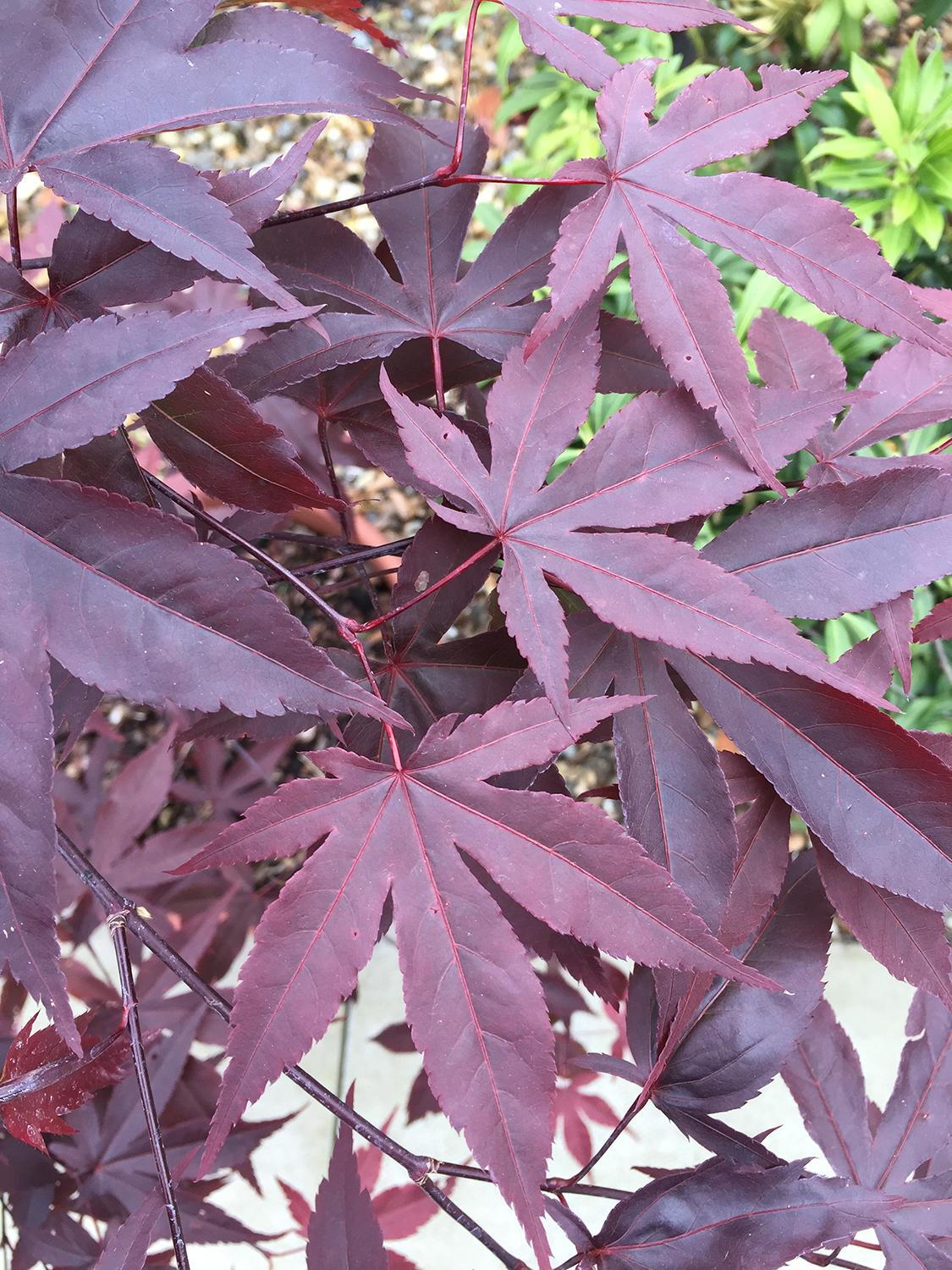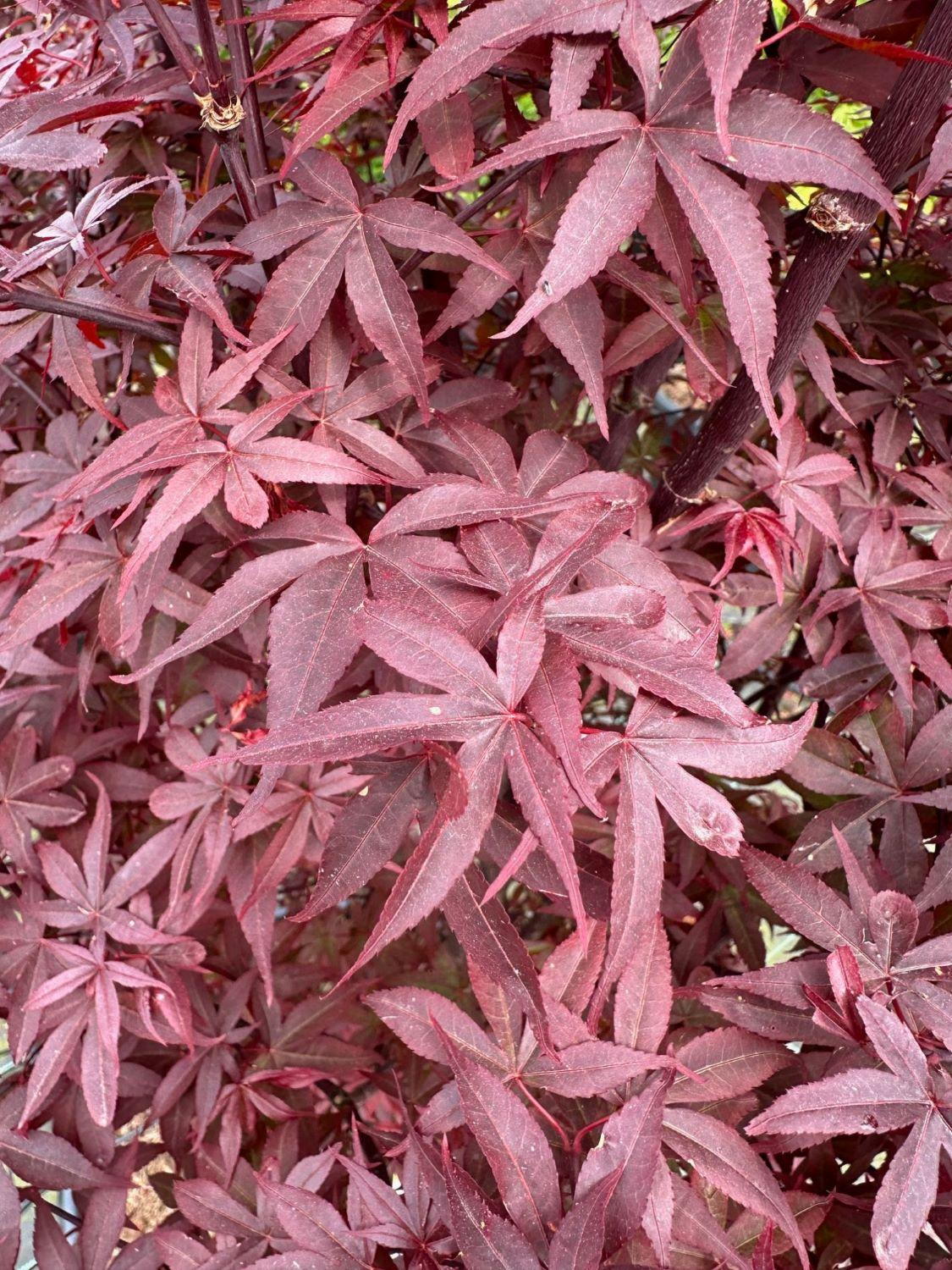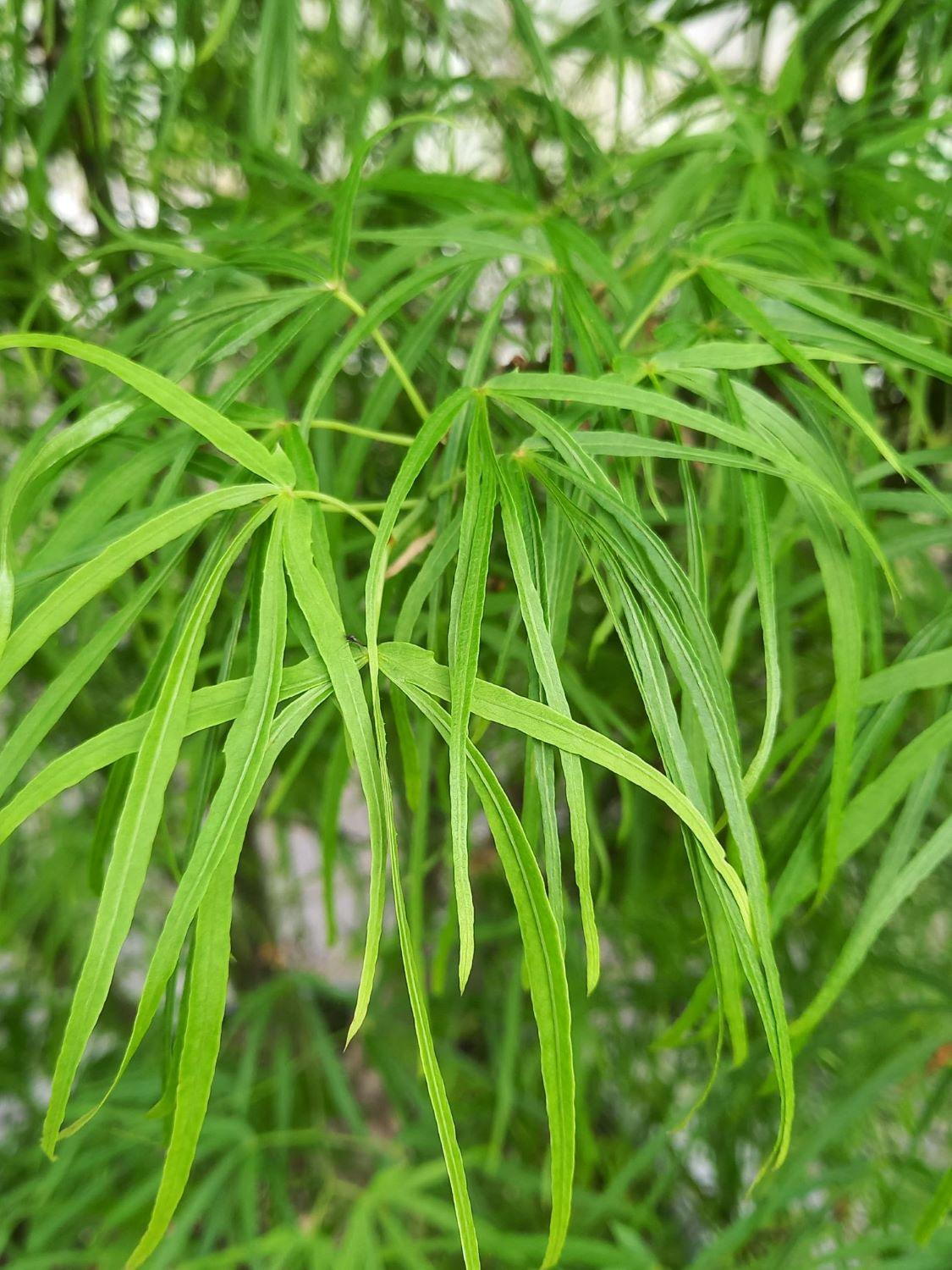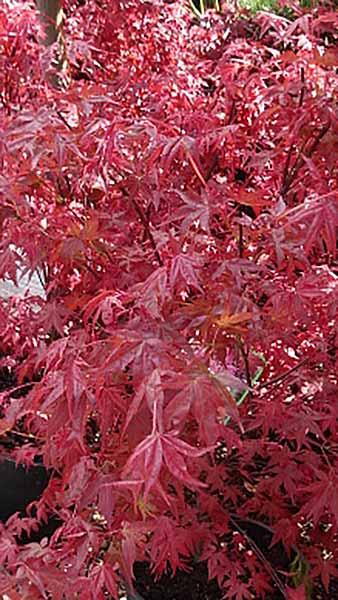Acer Palmatum Red Emperor Japanese Maple Red Emperor
Acer Palmatum Red Emperor, Japanese Maple Red Emperor Acer Palmatum Red Emperor, also commonly called the Japanese Maple Red Emperor, is an upright fast-growing maple that possesses outstanding deep red foliage. Even during the heat of summer, the striking leaf colour does not fade or burn. It is an outstanding cultivar comparable with excellent leaf retention and vigorous growth rate.Many people say that the Japanese Maple Red Emperor is comparable or even outshines the very popular Acer Palmatum Bloodgood. In most circumstances, the Red Emperor boasts a faster growth rate and longer colour retention than Bloodgood. It also comes into leaf two weeks later than other Acer’s which gives it the advantage of not suffering from an early spring frost. In the spring, the foliage of Acer Palmatum Red Emperor first emerges a deep, dark purple hue. As the leaves unfurl and develop they take on a dark red shading. When autumn arrives, its leaves continue to dazzle as they turn an even brighter red and even feature some shades of orange, yellow and bronze as they fall from the tree to litter the ground to create an eye-catching colour palette. The Japanese Maple Red Emperor is also known as Acer Palmatum Emperor 1, this acer is from the Amoenum group of acers – a subspecies that tend to have larger leaves with seven or nine lobes and are very hardy as they come from higher altitudes throughout Japan and South Korea. Dick Wolff of the United States first introduced the tree as Emperor 1 in 1976. As it gained popularity, it was later patented by a gentleman from Oregon. Locate a planting site that offers full sun or partial shade. Ideally, plant the Japanese Maple Red Emperor in a location where it receives dappled shade from the glare of the afternoon sun. Sunlight helps to bring out the tree’s autumn colors. The planting site should have well-draining soil that is high in humus. During the tree’s first few years of life, keep the soil moist but not overly saturated. Once firmly established, the Red maple can tolerate periods of brief drought, but to truly flourish it requires frequent watering. Applying a three-inch layer of mulch across the soil’s surface beneath the tree will help keep the tree’s roots moist and retard unwanted weed growth. Try to plant the tree away from areas that suffer from high winds because frequent windstorms tend to dry out the tree’s fragile foliageIn the late summer and early fall, many people cut the irrigation back to the tree to produce a more dazzling fall display. Don’t let the tree completely dry out, but reduce the frequency of watering so the tree ceases growing new leaves and starts the transition into autumn and winter dormancy. Acer Palmatum Red Emperor does not require pruning, but it can be shaped in the late summer or early fall. Acer Red Emperor is a showstopper in any garden. Plant it as a focal point or in a mixed border to draw the eye. When fully grown, the tree usually stands around 7 ½ meters with a graceful, rounded canopy.



